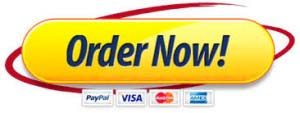Ethical Violations in Businesses Ethical behavior in business is important. Workers in businesses are expected to demonstrate a high level of compliance to business ethical standards and the country’s ethical standards. Failure to follow such ethical standards could have serious ramifications of varying degrees on the business, even including legal actions or closure depending on the ethical violations and the situations. In this assignment, you are required to research a business organization that recently had ethical violation problems. Feel free to use an organization in your home country if that is good for you. Do the following: 1. Describe the ethical violation(s) that the business organization engaged in. (5 points) 2. Describe how the ethical violations negatively affected the business organization. (5 points) 3. Describe what measures the business organization adopted to correct the situation.4. Analyze if the corrective measures adopted by the business organization are the best to prevent future occurrence.


